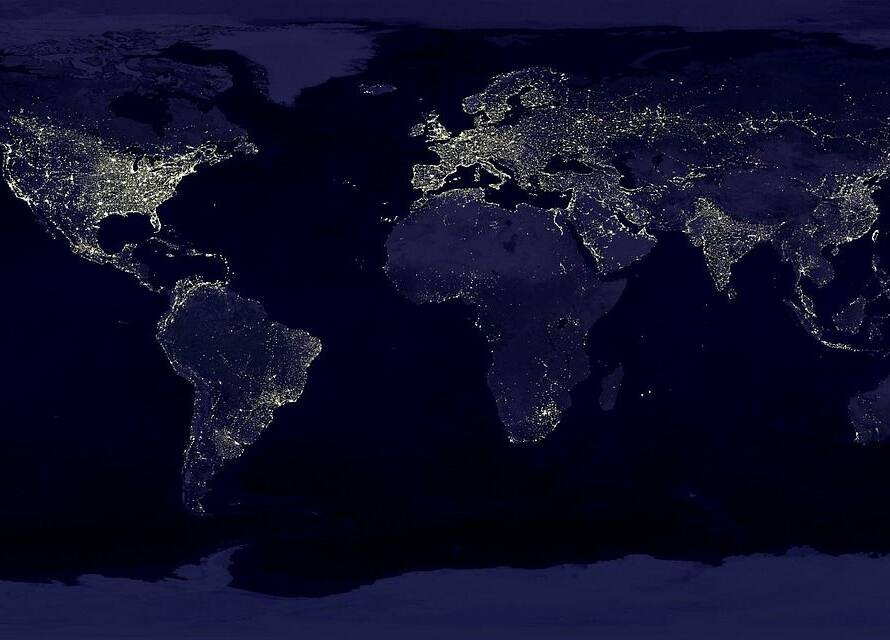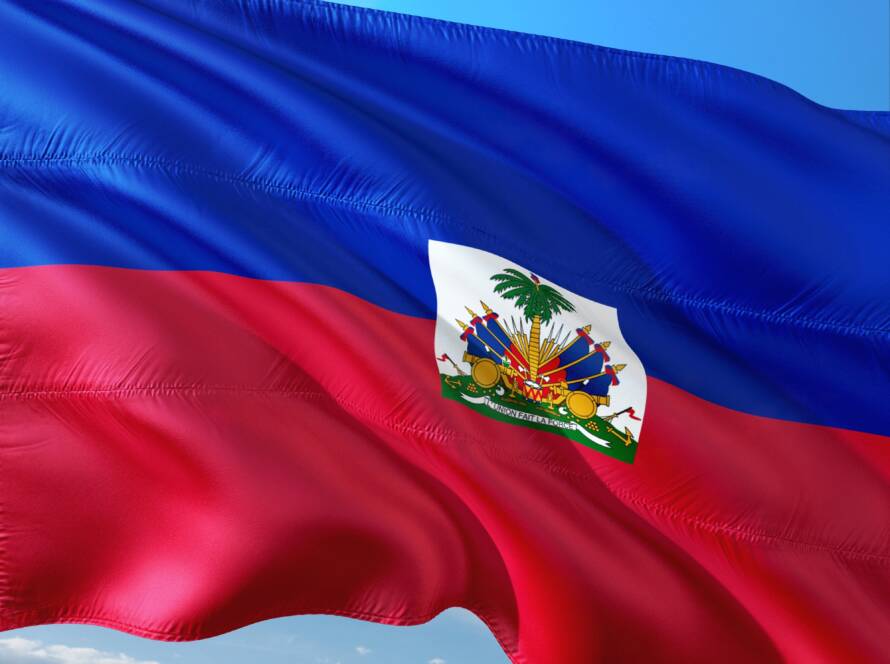Global underage girl trafficking is a grievous crime that affects millions of young girls worldwide. This form of modern-day slavery involves the exploitation of minors for commercial sex or forced labor and is a critical issue that demands a multifaceted approach to policing and prevention. Addressing this problem requires international cooperation, robust legal frameworks, effective enforcement mechanisms, and comprehensive support systems for victims. This article delves into the challenges faced in combating global underage girl trafficking and explores potential solutions to enhance policing efforts.
Understanding Underage Girl Trafficking
Definition and Scope
Underage girl trafficking refers to the illegal recruitment, transportation, transfer, harboring, or receipt of girls under the age of 18 for the purpose of exploitation:
- Sex Trafficking: Exploitation of minors through prostitution, pornography, or other forms of sexual exploitation.
- Labor Trafficking: Forced labor in industries such as agriculture, domestic work, and manufacturing.
Global Prevalence
The prevalence of underage girl trafficking is alarming:
- Statistics: According to the United Nations, millions of children are trafficked each year, with girls disproportionately affected.
- Regions: Trafficking occurs in every region of the world, with significant hotspots in Asia, Africa, Europe, and the Americas.
Challenges in Policing Underage Girl Trafficking
Transnational Nature of Trafficking
One of the primary challenges is the transnational nature of trafficking:
- Cross-Border Crimes: Traffickers often operate across national borders, complicating law enforcement efforts and jurisdictional authority.
- Coordination Issues: Lack of coordination between countries can hinder effective policing and prosecution of traffickers.
Legal and Institutional Gaps
Legal and institutional gaps pose significant barriers:
- Inconsistent Laws: Variations in legal definitions, penalties, and protections for victims across countries can impede justice.
- Limited Resources: Many countries lack the necessary resources, including trained personnel and funding, to effectively combat trafficking.
Victim Identification and Protection
Identifying and protecting victims is a major hurdle:
- Hidden Crime: Trafficking often occurs in hidden or underground settings, making it difficult to identify and rescue victims.
- Fear and Coercion: Victims may be too afraid to seek help due to threats, coercion, or distrust of authorities.
Enhancing Policing Efforts
International Cooperation and Coordination
Strengthening international cooperation is crucial:
- Bilateral and Multilateral Agreements: Developing and enforcing international agreements to facilitate cross-border investigations and prosecutions.
- Information Sharing: Establishing mechanisms for real-time information sharing between law enforcement agencies worldwide.
Robust Legal Frameworks
Creating and implementing robust legal frameworks is essential:
- Harmonized Legislation: Encouraging countries to harmonize their anti-trafficking laws with international standards.
- Strict Penalties: Imposing strict penalties for traffickers to deter criminal activity.
Specialized Training and Resources
Investing in specialized training and resources can enhance enforcement:
- Law Enforcement Training: Providing comprehensive training for law enforcement officers on identifying, investigating, and prosecuting trafficking cases.
- Dedicated Units: Establishing dedicated anti-trafficking units within police forces to focus on these crimes.
Supporting Victims of Trafficking
Rescue and Rehabilitation
Effective rescue and rehabilitation programs are vital for supporting victims:
- Safe Havens: Creating safe havens and shelters for rescued victims to ensure their safety and well-being.
- Medical and Psychological Support: Offering medical care, psychological counseling, and legal assistance to help victims recover and reintegrate into society.
Education and Empowerment
Education and empowerment initiatives can prevent trafficking and support survivors:
- Awareness Campaigns: Launching awareness campaigns to educate communities about the dangers of trafficking and how to protect vulnerable individuals.
- Economic Opportunities: Providing education and vocational training to survivors to help them gain financial independence and reduce vulnerability to re-trafficking.
Technological Innovations in Policing
Data Analytics and Intelligence
Leveraging data analytics and intelligence can enhance policing efforts:
- Predictive Analytics: Using predictive analytics to identify trafficking patterns and hotspots, enabling proactive interventions.
- Intelligence Sharing Platforms: Developing platforms for sharing intelligence and best practices among law enforcement agencies globally.
Surveillance and Monitoring
Advanced surveillance and monitoring technologies can aid in combating trafficking:
- Digital Surveillance: Utilizing digital surveillance tools to track and disrupt trafficking networks.
- Social Media Monitoring: Monitoring social media and online platforms to identify and dismantle trafficking operations.
A Call to Action
The policing of global underage girl trafficking is a complex and challenging task that requires a concerted effort from the international community. Through enhanced cooperation, robust legal frameworks, specialized training, victim support, and technological innovation, we can make significant strides in combating this heinous crime. It is imperative that we remain vigilant and committed to protecting the most vulnerable members of our society and ensuring that traffickers are brought to justice.





